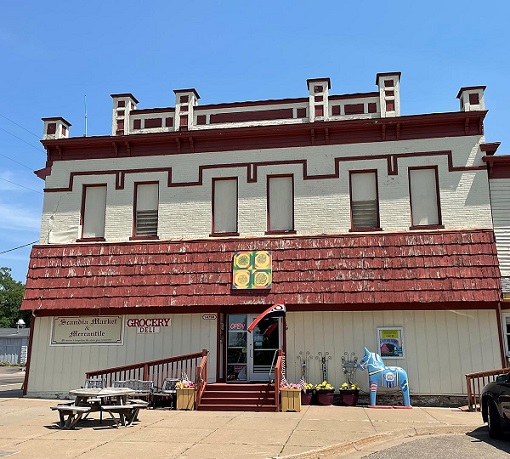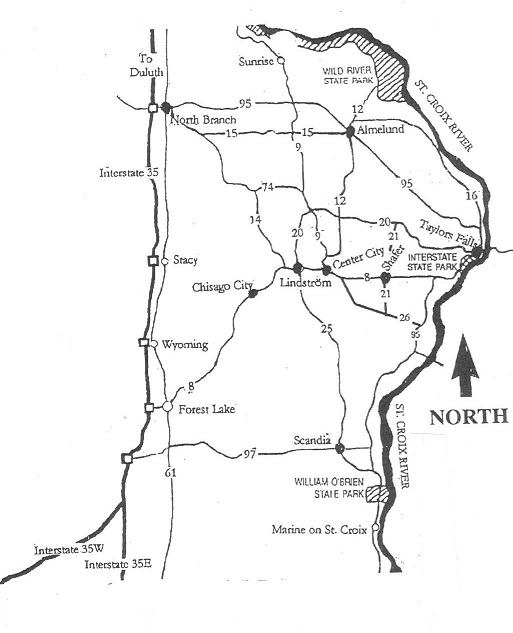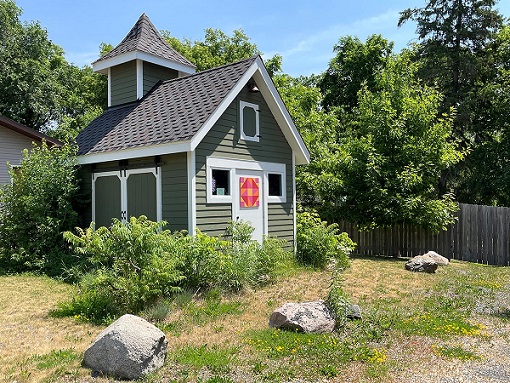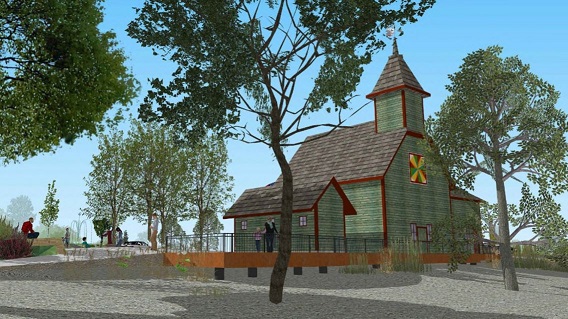Drinking Water Protection
- Drinking Water Protection Home
- About Us
- A-Z Index of Contaminants in Water
- Community Public Water Supply
- Drinking Water Grants and Loans
- Drinking Water Institute
- Drinking Water in Schools and Child Cares
- Drinking Water Revolving Fund
- Laws and Rules
- Noncommunity Public Water Supply
- Source Water Protection
- Water Operator and Certification Training
- Drinking Water Protection Contacts
Related Topics
- Annual Reports
- Drinking Water Risk Communication Toolkit
- Drinking Water Protection External Resources
- Fact Sheets
- Forms
- Invisible Heroes Videos: Minnesota's Drinking Water Providers
- Noncom Notes Newsletter
- Sample Collection Procedures (videos, pictures, written instructions)
- Waterline Newsletter
Related Sites
- 10 States Standards
- Clean Water Fund
- Health Risk Assessment – Guidance Values and Standards for Water
- Minnesota Well Index
- Water and Health
- Wells and Borings
Environmental Health Division
Scandia Draws on Its Roots with Reconstruction of Water Tower Barn
Heritage Alliance Looks to Develop Water-Focused Center
From the Fall 2023Waterline
Quarterly Newsletter of the Minnesota Department of Health Public Water Supply Unit, Waterline
A complete list of feature stories can be found on the Waterline webpage.

Frank Lake's mercantile from the 1890s lives on as the Scandia Market & Mercantile.
Transplanting Dakota and Ojibwe people in the area, Swedish immigrants settled in a region 35 miles northeast of the Twin Cities beginning in the 1850s. With a name reflective of its Scandinavian heritage, New Scandia Township eventually became the city of Scandia, the status change because of concerns of annexation by Forest Lake, its neighbor to the west. According to a historical marker in town, by 1920 nearly a quarter of Minnesota’s foreign-born residents were from Sweden, making it the home of more Swedes than any other state.
As for those who ended up in Scandia, the city’s web site says, “Many of these settlers came by way of New York City, making their way to the St. Croix River and finally Log House Landing, where they [were] greeted [by] a landscape reminiscent of their homelands – land that had been ceded by Dakota tribes in the Treaty of 1837.”
With its eastern boundary extending to the St. Croix River between Taylors Falls and Stillwater (see map below), Scandia covers an area of nearly 40 square miles. Most of its 4,000 residents are clustered in a section around Olinda Trail and Minn. Hwy 97.

Rather than a municipal water system, Scandia is served by individual wells and a number of private enterprises, Scandia Water Company and Hilltop Water Company being the primary ones. Drinking water from these two systems comes from a pair of wells approximately 300 feet deep into the Jordan and Prairie du Chien-Jordan aquifers. The roots of the city’s private water supplies can be traced to the early years of the Swedish influx.
History
Out of the early dairy farmers who helped one another to survive, set up a church, and generate a few businesses, it was the second-generation immigrants who promoted area commerce. The most notable was Frank Lake, who opened the Scandia Farmers Store (later called the Scandia Mercantile) on the northeast corner of Two Church and Boney Lake roads (now Olinda Trail and Oakhill Road, respectively). Lake’s store sold everything from fashions to farm equipment.
The mercantile still exists on this spot. Behind it is a replica of a barn and tankhouse built by Lake on the site. The replica houses pipes and pressure tanks, and it has a well outside it. The original structure was dismantled nearly 10 years ago with the logs photographed and cataloged. The Scandia Heritage Alliance hopes to reconstruct the building a couple of blocks to the south and have it as the highlight of a regional arts and heritage center. Alliance board chair Sue Rodsjo says the center will have a water theme with historical displays and educational activities. “It will demonstrate to the public the 19th century ingenuity and engineering that was used.”
The ingenuity refers to the barn and tankhouse Lake built to serve local businesses and the community. Tankhouses were typically built by railroads and municipalities, but Scandia’s was built by a local entrepreneur. “Before local farmers had the means to dig their own wells, they often had cisterns that could be filled with water from the tankhouse,” Rodsjo explained, adding, “It was unique that it was run by a local resident.”
The Aermotor Windmill
Lake built the barn to stable his delivery horses and added a windmill to pull water into the elevated tankhouse. He used wooden pipes for supplying water to his store and to his neighbors. A horse-drawn wagon delivered water to outlying homes and farms, allowing the burgeoning community to flourish.
The Aermotor windmill was becoming a familiar sight through the Midwest and achieved even greater prominence at the 1893 Chicago World’s Fair. Lake purchased the Aermotor all-metal wind-powered pump for his water supply. The well on the site was partially under and adjacent to the barn, and the windmill powered a long rod to bring water to the tower. The heritage alliance still has that rod, which will be used in the rebuilt barn and tankhouse along with the original clapboard siding, barn doors, and the post-and-beam structure.
The windmill was gone by the end of the 1930s, made obsolete by rural electrification, but water still flows from the barn’s well to local customers. In addition, the barn’s distinctive cupula – built to support the windmill – remained part of the gable-roofed structure. Different windmills were used through the decades, and one will be included on the rebuilt barn and tankhouse. Rodsjo said they are looking at replicating the windmill from the 1920s, which was during the self-oiling era.
Current Project
At the time that the structure was taken down in 2014, the Hilltop Water Company had underground pressure tanks. A source water protection grant from the Minnesota Department of Health (MDH) helped the utility to dig up the tanks and fill in the ground. Above-ground tanks were installed on the same site and housed within a replica of the original bank and tankhouse, constructed at about one-quarter the scale of the original. The well is just outside the replica building.
With the dismantling of the original Water Tower Barn, the Scandia Heritage Alliance received a $10,000 grant from the Minnesota Historical Society to research the history, engineering, and design of the tankhouse, pump, and windmill construction. The tankhouse is believed to be the only one remaining in the state, and the alliance is seeking to have it placed on the National Register of Historic Places.
The city recently was awarded $2.2 million from the state bonding bill for the arts and heritage center as well $2.68 million through the Legislative-Citizen Commission on Minnesota Resources for an extension of the Gateway Trail through Scandia.
According to the alliance, “The restored barn will showcase 19th-century craftsmanship, including hand-hewn logs in a post-and-beam structure, and an operational tankhouse. An elevated wooden water tank will occupy the tower, and a windmill will sit atop the barn’s cupola.”
The Water Tower Barn Arts & Heritage Center will include an indoor stage and outdoor amphitheater, a water play area, trails, and a wetland overlook. The center’s water focus will educate visitors with interpretative displays on the importance of its wetlands, lakes, streams, aquifers, and the St. Croix River.
If all that is somehow not enough, Rodsjo said an additional focus on water will be a historic hand pump, which visitors may use to fill their water bottles.

Above: The replica of the barn and tankhouse.
Below: An artist’s rendition of the rebuilt structure.

Go to > top.